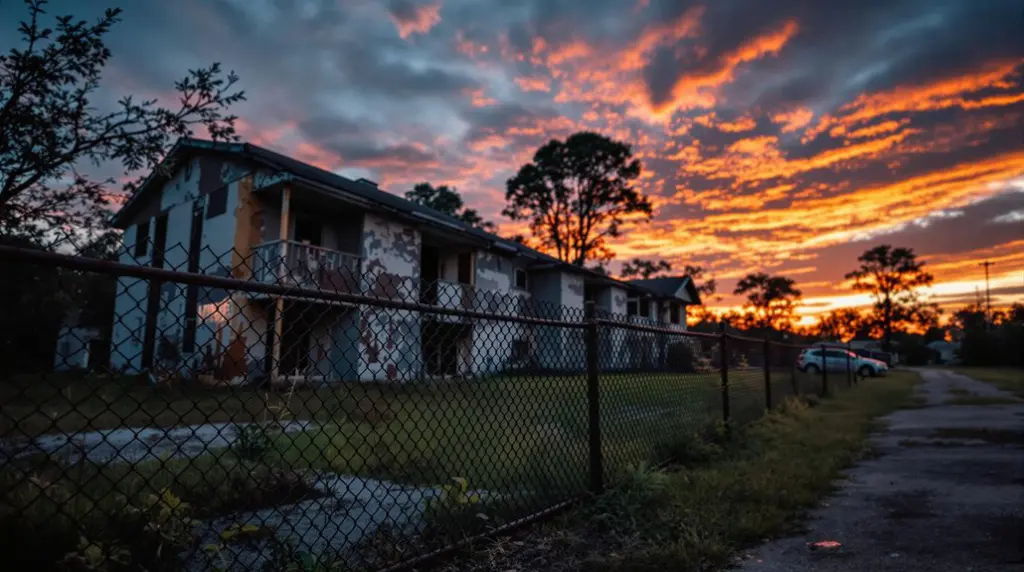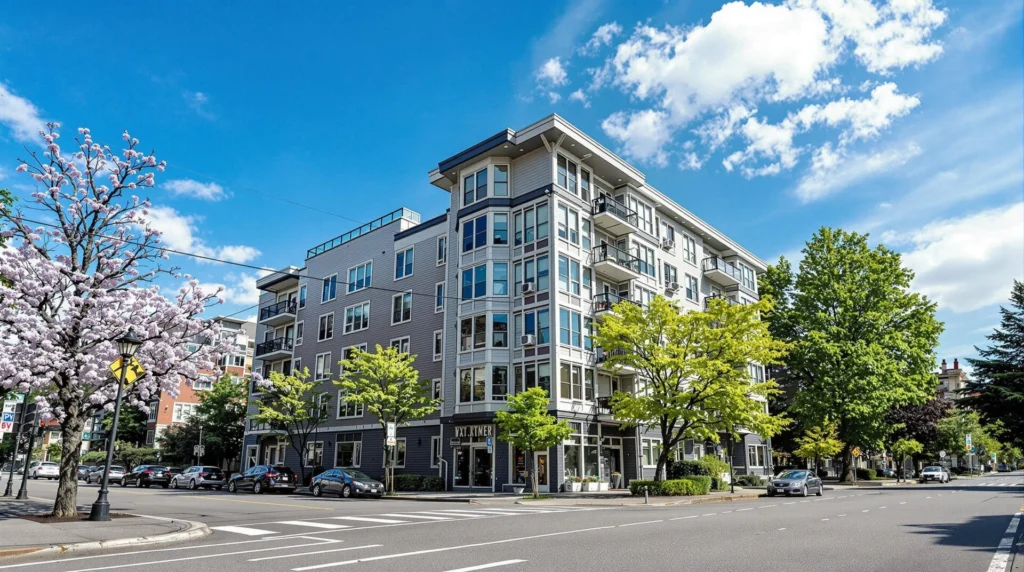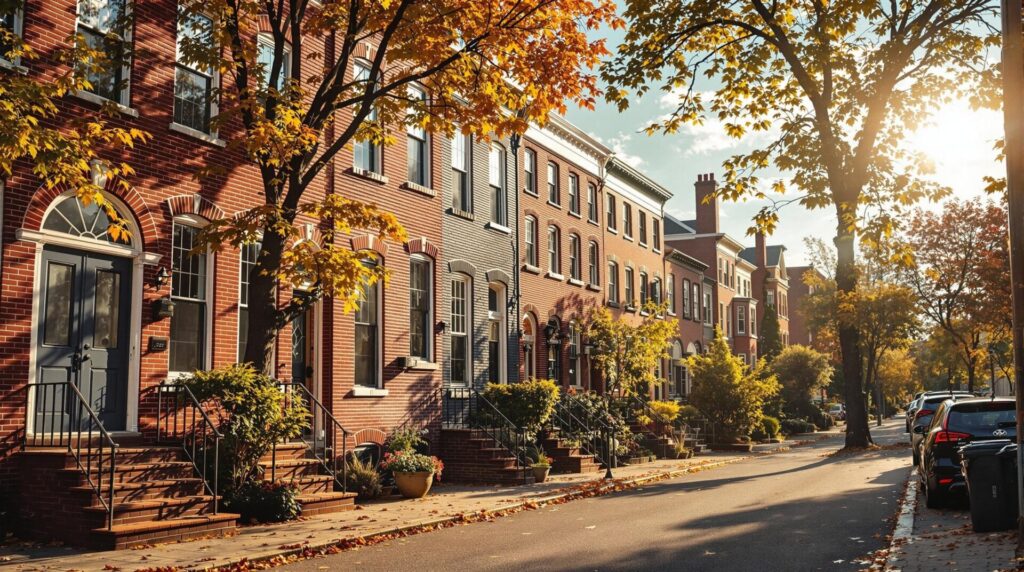Key Takeaways
- Lorem ipsum dolor sit amet, consectetur adipiscing elit. Nulla vitae viverra massa. Ut tincidunt tincidunt pulvinar.

Birmingham, AL — As affordability issues plague metro markets nationwide, Birmingham is experiencing its own reckoning.
A new report from the Greater Birmingham Association of Realtors reveals that the city is facing a historic housing shortage, with active listings down 22% year-over-year.
The decline in inventory comes as demand reaches a post-pandemic peak, driven by in-migration, job growth, and historically low resale turnover.
Median home prices rose 7.4% in Q1 2025, and the average days on market have dropped to just 14 days, signaling intense buyer competition.
For real estate investors, the tightening inventory represents a powerful opportunity to capitalize on rent-ready single-family homes, build-to-rent communities, and value-add repositioning plays.
Undersupply Creates Urgency and Opportunity
The market pressure is most acute in entry- to mid-tier housing, where new construction is limited and existing homeowners are staying put.
Submarkets like Hoover, Trussville, and Homewood are seeing the tightest inventory, pushing rents higher and shrinking cap rate spreads.
In response, investors are pursuing aggressive acquisition strategies, focusing on turnkey single-family rentals and duplexes that can quickly hit the rental market.
Developers are also ramping up small-scale BTR communities to meet demand from tenants priced out of ownership.
Despite rising property taxes and interest rate pressures, Birmingham remains one of the most affordable metros in the Southeast, making it especially attractive for out-of-state capital seeking high cash-on-cash returns.
Birmingham’s Decade of Housing Disarray
Over the last ten years, Birmingham’s housing market has morphed from a quiet, steady market into a battleground of escalating demand, shrinking inventory, and relentless price hikes.
This once-sleepy metro, long overshadowed by larger cities in the Southeast, has become a pressure cooker of housing challenges that no investor can afford to ignore.
The Early 2010s: An Underestimated Market
At the start of the 2010s, Birmingham’s housing market was stable, if unspectacular. Home prices were low, inventory was plentiful, and the city’s steady population growth offered a predictable environment for buyers and renters alike.
Few could have predicted that the city’s fortunes—and challenges—would dramatically change by mid-decade.
Mid-Decade Surge: The Roots of a Crisis
By the mid-2010s, Birmingham saw its economy diversify and grow, pulling in new residents and companies.
However, this surge in demand ran headlong into an aging housing stock and a construction industry still recovering from the Great Recession.
Builders struggled to keep pace, and zoning restrictions slowed new developments.
This mismatch led to the first signs of what would become a full-blown inventory crisis.
The Late 2010s: A Brewing Storm
From 2017 to 2019, Birmingham’s housing market heated up dramatically. Rents climbed faster than wages, and home prices shot up by double-digit percentages in some areas.
Even as the local economy flourished, the city’s housing infrastructure began to crack under the weight of new demand.
Vacancy rates plummeted, bidding wars became the norm, and once-overlooked neighborhoods transformed into hotbeds of competition.
By 2019, Birmingham had gone from a city of bargains to a place where affordable housing was in dangerously short supply.
2020-2022: Pandemic-Driven Frenzy
The pandemic years only exacerbated these problems.
Urban flight from more expensive cities, coupled with historically low interest rates, brought a wave of out-of-state buyers and institutional investors.
Supply chain issues crippled new construction, and existing homeowners were reluctant to sell amid uncertainty.
The result?
A market starved of inventory and dominated by fierce competition.
Prices soared, rents spiked, and many long-time residents were priced out of neighborhoods they had lived in for decades.
2023-Present: The Perfect Storm
As the market entered the mid-2020s, the aftershocks of the previous decade’s turmoil were still being felt.
Active listings hit record lows, while new construction failed to catch up with demand. Buyers were faced with rapidly rising interest rates, making affordability an even more elusive goal.
Meanwhile, investors saw both challenges and opportunities—housing scarcity meant higher rents, but also slimmer margins on acquisitions.
The once-stable Birmingham housing market had become a crucible of soaring prices, scarce supply, and high-stakes decisions.
The Fallout and the Path Forward
Over the last decade, Birmingham’s housing challenges have redefined the local real estate market. What began as a quiet, predictable environment is now a fast-paced, high-stakes arena.
The crisis has pushed policymakers, developers, and investors to rethink their strategies, adapt to new realities, and seek innovative solutions to address the city’s persistent inventory shortage and affordability gap.
For real estate investors, this history is more than just a cautionary tale—it’s a map of how challenges breed opportunity.
Understanding how Birmingham’s housing struggles evolved over the past decade offers critical insight into where the next big opportunities may lie.
Assessment
Birmingham’s housing crunch is accelerating the pivot toward rental investment strategies.
For real estate investors, this market offers a dual benefit: rapid absorption and long-term equity growth.
With limited inventory, growing population pressure, and escalating buyer urgency, Birmingham presents one of the clearest buy signals in the Southeast right now—especially for those focused on cash flow and rapid tenant placement.
Related Content:
- Trapped by Fees, Bankrupted by Boards: The HOA Nightmare Sweeping America
- Fraud Fallout! Four Real Estate Investors Sentenced in Explosive $100M Loan Scheme
- Kansas City Realtor Caught in $800K COVID-Relief and IRS Tax Scam Bombshell
- Atlanta Rents Defy Southeast Cooling Trend (A Goldmine for Savvy Real Estate Investors)





















